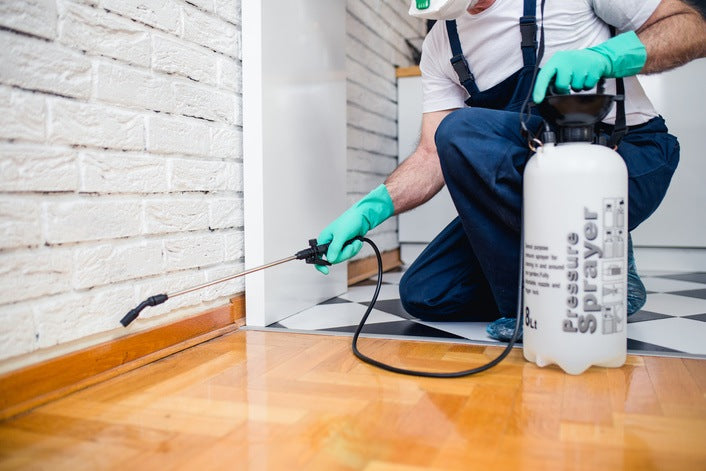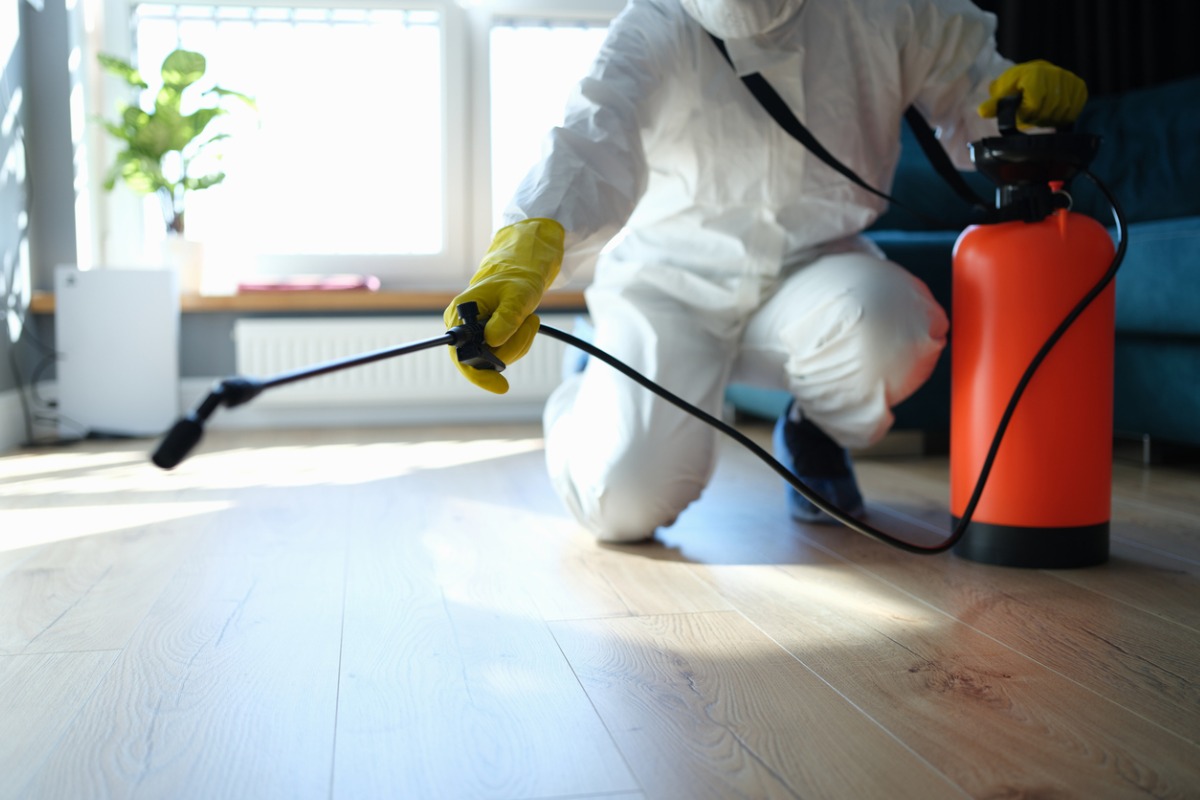Discovering Infestation and Treatment Techniques on the planet of Pest Control
The landscape of parasite control incorporates a myriad of difficulties, particularly as infestations of common home pests remain to evolve. Understanding the habits and reproductive patterns of these hassles is vital for developing effective therapy methods. By incorporating safety nets with sophisticated administration methods, such as Integrated Parasite Management (IPM), home owners can better safeguard their settings. The effectiveness of these methods may vary dramatically based on certain conditions. What underlying factors add to the success or failure of these strategies in various settings?

Usual Home Pests
When it concerns handling our living rooms, recognizing common family insects is critical. These pests not only interrupt our convenience but can additionally posture wellness threats and damages property. One of the most prevalent household insects include ants, cockroaches, rats, termites, and bed insects.
Ants, usually seen foraging in kitchens, can pollute food and develop huge swarms. Rats, consisting of computer mice and rats, can trigger architectural damage and bring conditions like hantavirus and salmonella.
Recognizing the signs of these insects, such as droppings, nests, or attack marks, is crucial for very early treatment (Pest Control Lockhart). Correct sanitation practices, securing access factors, and preserving a clutter-free atmosphere work preventative measures. By identifying these usual household pests and understanding their actions, property owners can take positive actions to minimize invasions, making sure a much healthier living atmosphere
Comprehending Bug Infestations
Pest invasions can rise swiftly, transforming a small aggravation right into a significant issue if not resolved immediately. Usual elements adding to problems include inadequate hygiene, architectural vulnerabilities, and seasonal changes that drive parasites indoors.
Identifying the type of insect is vital, as various types show diverse behaviors and reproductive rates. Rodents may establish nests in covert locations while bugs like cockroaches grow in moist atmospheres. Early detection typically depends upon acknowledging signs such as droppings, munch marks, or unusual noises, which can show an issue before it becomes severe.
Cozy, damp environments can promote the quick development of insect populaces, while modifications in landscape design or building and construction can inadvertently develop favorable environments. An educated method to understanding these dynamics lays the groundwork for efficient insect management techniques in the future.
Treatment Techniques and Strategies
Reliable therapy approaches and methods are necessary for reducing pest problems and recovering a safe atmosphere. A multifaceted strategy is often best, integrating chemical, biological, and mechanical methods customized to the particular pest and the intensity of the invasion.
Chemical treatments consist of making use of pesticides and herbicides, which can effectively get rid of bugs. Nevertheless, appropriate application and adherence to linked here safety guidelines are essential to reduce threats to human beings and non-target organisms. Integrated Bug Administration (IPM) urges the cautious use chemicals as a last resort, counting rather on tracking and limit degrees to determine treatment demands.
Biological control approaches entail introducing all-natural predators or bloodsuckers to minimize insect populations. This approach is increasingly prominent, particularly in agricultural settings, as it promotes ecological sustainability.
Mechanical techniques, such as catches and barriers, provide instant alleviation from bugs without presenting chemicals. Choices include sticky traps for bugs or physical obstacles for rodents.
Eventually, the option of treatment method should take into consideration the particular parasite, the setting, and prospective impacts on human health and wellness and environments. A balanced combination of these techniques can properly take care of invasions while promoting long-lasting parasite control services.
Precautionary Measures for House
Proactively attending to insect concerns prior to they intensify is vital for keeping a healthy and balanced home setting (Pest Control Lockhart). Executing reliable precautionary procedures can substantially reduce the possibility of invasions, ultimately securing both your home and health

Proper landscaping additionally plays a critical function in avoidance. Maintaining hedges and trees cut away from your home lowers the possibilities of insects discovering their method indoors. Moreover, make sure that drain systems are operating successfully to avoid standing water, which can reel in insects and other pests.
Lastly, regular inspections helpful site are suggested. On a regular basis checking for signs of bug task permits very early treatment. By taking on these preventative measures, property owners can produce an atmosphere that is much less hospitable to parasites, thus enhancing their overall top quality of life and minimizing the demand for comprehensive bug control interventions.
Commercial Pest Control Strategies
A comprehensive approach to commercial pest control is like it essential for organizations aiming to keep a secure and hygienic setting. Efficient methods entail a combination of regular evaluations, employee training, and the implementation of Integrated Pest Administration (IPM) practices.
Normal examinations make it possible for early discovery of parasite activity, permitting for prompt intervention. Companies need to establish a regular timetable for these assessments, concentrating on risky locations such as kitchens, storage rooms, and garbage disposal websites. Worker training is equally important; team should be informed on the signs of pest infestations and the significance of reporting them immediately.
Applying IPM practices helps minimize parasite concerns sustainably. This consists of habitat alteration, such as sealing entrance factors and reducing mess, in addition to employing natural deterrents prior to considering chemical treatments.

Additionally, working together with a qualified pest control company makes certain accessibility to professional knowledge and innovative treatment options. This partnership can lead to personalized insect control prepares customized to the certain requirements of business, minimizing threats and boosting total effectiveness. Ultimately, an aggressive and enlightened approach fosters a pest-free atmosphere, protecting both public health and wellness and service reputation.
Conclusion
In verdict, efficient pest control demands a thorough understanding of common household bugs and their habits, combined with targeted therapy techniques. Implementing precautionary actions alongside treatment strategies such as Integrated Insect Monitoring and organic control enhances the capacity to reduce invasions. Routine evaluations and a combination of chemical and mechanical options further add to maintaining pest-free settings. Inevitably, a well-shaped technique to pest monitoring is crucial for guarding living spaces from undesirable trespassers.